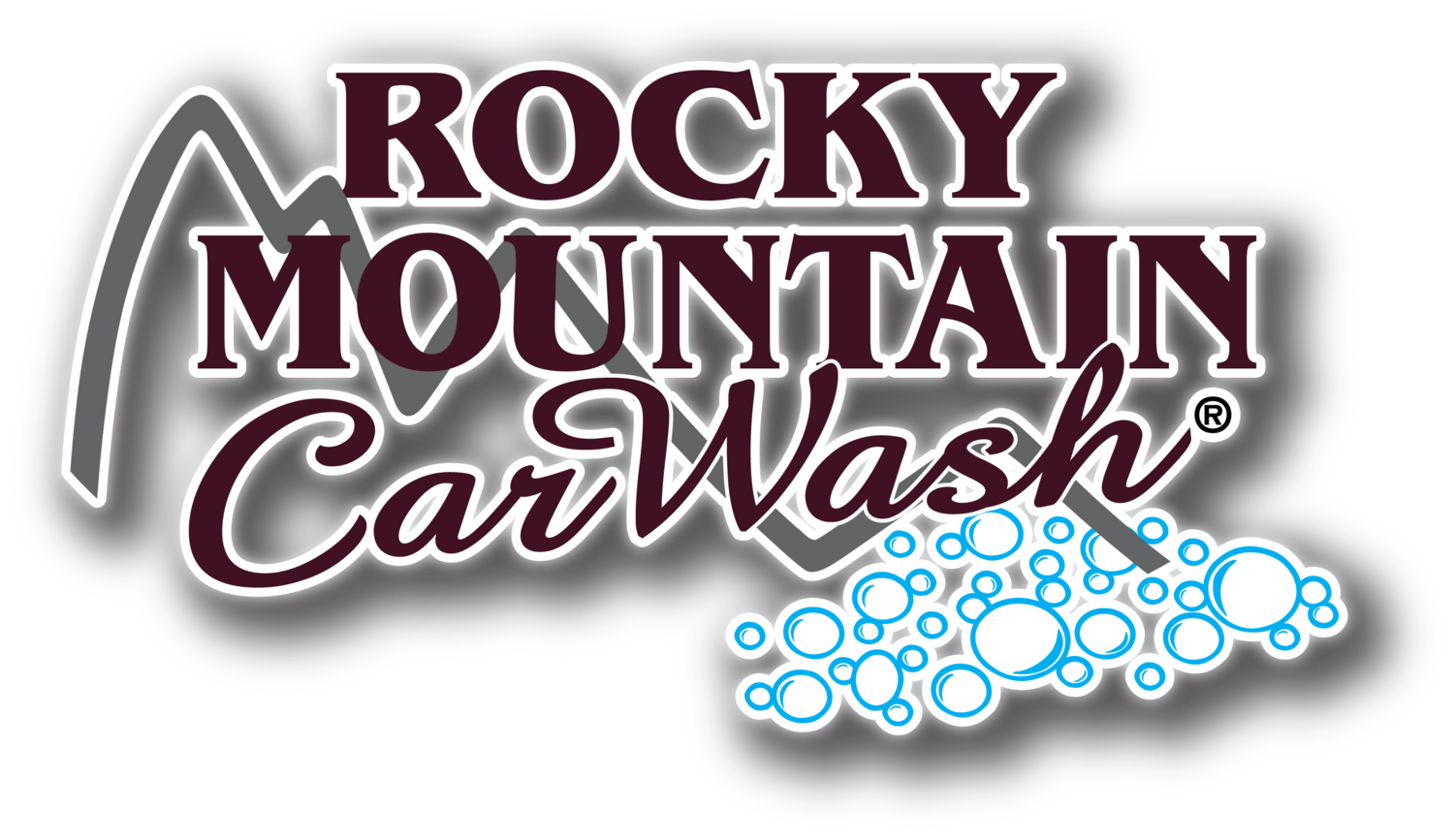Road Construction Can Take a Toll on your Car!
/What to Do After Driving Through a Construction Zone
It’s that time of the year for road construction. Between tossed gravel, road grime, and tar, construction season can take a hard toll on your car and its paint job.
Loose Gravel
Driving on loose gravel is harder than driving on pavement because your tires don't have the traction needed to give you stable control. Throw speed into the mix and you have a formula for trouble. Whenever possible, drive slowly over loose gravel. If you experience chipped paint, get a coating of wax on your vehicle. Wax can help seal your vehicle’s paint, help bead water off your exposed body work, and can help to prevent the body from rusting while you are waiting to get professional repairs done.
Road Grime
Sometimes, just driving in normal traffic with relatively decent road conditions can build up a film on your vehicle that is difficult to take off with just soap and water alone. This film is best tackled by using a presoak before washing your car. Adding friction with a foam brush after a presoak can also increase the wash quality. You’ll rinse a much cleaner car by adding these two steps to your washing routine in the summer months as the soaps work together to get you even more clean.
Road Tar
Tar is a thick, sticky black substance that is used in road construction projects and when paving roads. It’s often found around the wheel wells and on lower parts of the car’s body panels. As the car is driven, the tires can pick up tar from the road surface and fling it onto various parts of the car’s body. Once there, it dries and hardens and becomes difficult to remove.
If you have tar on your vehicle, you’ll want to clean it with a specialty tar remover first. Once the tar has been removed, you’ll want to wash and wax your vehicle thoroughly. Washing with a High Pressure Soap function will remove the oily buildup that most tar removing solvents use, and the wax will help seal the paint and bead liquids off so that tar has a harder time sticking to your paint in the first place.

